A man with a small bunch of flowers stands on the footpath when a passerby asks him, “Why are you buying flowers in a supermarket? They’re everywhere. Just pick them.” The man with the flowers grins and shrugs. His quartet of purple gerberas and peachy rosebuds is from the nearby discounter, labelled with an Irish flag. Beneath the Tricolour, small print reads “Packed in Ireland”.
It’s not clear where in the world these flowers grew. They are a product of a complex web of logistics, fossil fuels, water consumption, chemistry and horticulture that enables a wide variety of flowers to be available to Irish consumers year-round. Like many aspects of life, it’s both impressive and worryingly disconnected from nature.
What could be greener than a bunch of flowers? Peel back the layers and you find an arsenal of pesticides and herbicides. Hazmat suits and breathing apparatus are standard uniform in the vast flower polytunnels that supply the market. Producing a single rose requires between 7 and 13 litres of water. As the climate crisis deepens, Kenya, the world’s third-largest cut flower producer, faces severe droughts affecting millions of people.
[ Picking the best flowers for your gardenOpens in new window ]
Cut flowers are routinely doused in preservatives to keep them from wilting or fading. They are shipped in freight aircraft and refrigerated diesel trucks, wrapped in single use plastic and poked into the squeaky green blocks of floral foam, a forever pollutant, that can break down into toxic microplastics that remain in the ecosystem for millennia. To some purists, the products of this system are frankenflowers, smelling of nothing and obliterating the creativity that’s needed to work with what’s growing around us on any given day.
The better news is that Ireland has a dedicated and growing number of flower farmers feeding a market for Irish-grown (and often organic) flowers. The Slow Flower movement, a field-to-vase collective of small growers, is putting the words “local and seasonal” into our thinking about flowers. Irish florist to the British royal family Shane Connolly recently arranged a showcase for the idea on the world stage when he decorated Westminster Abbey with nothing but British-grown flowers for the coronation, proving that small producers can go big when they collaborate.
Irish Times garden writer Fionnuala Fallon and her husband Richard Johnston recently moved to their five-acre farm near Durrow in Co Laois, with a farmhouse they have retrofitted into a comfortable family home. They had been growing flowers in the walled garden of a friend before this, renting land like many farmers of their generation. The development of the flower farm is “inevitably slower than I’d like”, Fallon explains as we chat on Zoom. She’s sitting in front of a beautiful vase of cut flowers so fresh you can almost smell them through the screen.
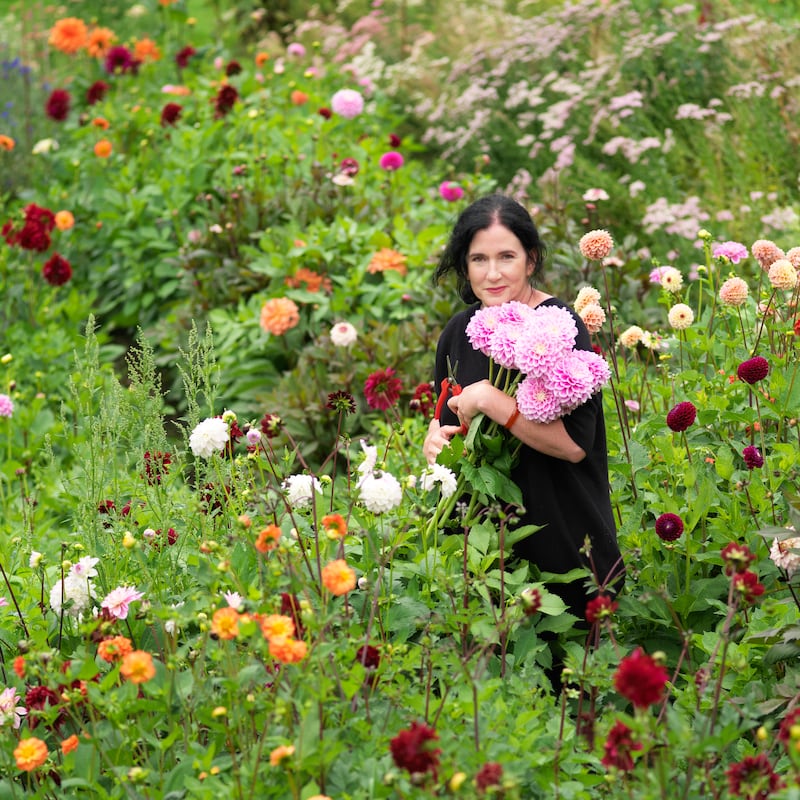
There’s a dahlia photograph that got her a lot of teasing from friends. She made it look so lovely, they said, like she spent her day floating through a flower field, “when I spend a lot of my time battling slugs” and managing weeds. Organic slug management involves snipping the flower-munching gastropods in two with scissors. So not much floating there.
Susan Lynch mentions the same reality behind the loveliness when it comes to her small rose farm in north Dublin. She hopes the neighbours don’t hear her exasperation through the hedge sometimes. “The work is much more physical than you think.” Recently she found herself asking out loud, “Why is it so difficult?”
Summer is peak wedding season, so Lynch, Fallon and Ireland’s small cohort of flower farmers are up to their oxters in stems, creating bouquets and table settings that will end up in thousands of #perfectday posts. Brendan Goodman, the longest-established flower grower, was busy with deliveries when I first contacted him, and then got stuck on the M50 in a long hot traffic jam. Again, not much floating through flower fields there.
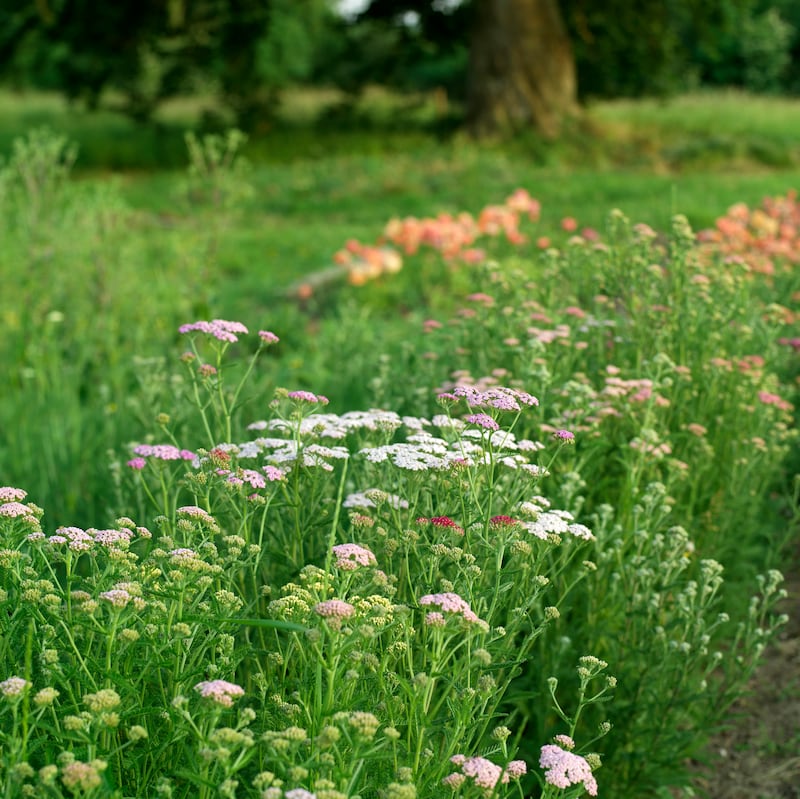
For years, Fallon only used their own-grown flowers in wedding and funeral arrangements. Then the Beast from the East snowstorm struck, and now she uses some imported blooms as backup. Clicking into the online world has given her a glimpse into the “amazing feat of logistics” that is the wholesale flower trade. Florists look online through a dazzling array of flowers, buying 20 stems at a price which can fluctuate in the run-up to flower-heavy calendar dates such as Valentine’s and Mother’s Day. The flowers arrive in a box with eye-watering speed.
She has unwrapped these stems and found the name of the person who picked them, a small connection to someone doing the same job as she is in a faraway place.
“If you have a bride who says, ‘I want an apricot-coloured flower, not rose or a particular shade of peach’ then you have to use that system,” she explains. It’s nature by Pantone, heavily influenced by social media and facilitated by a global trade built primarily by the Dutch floriculture industry.
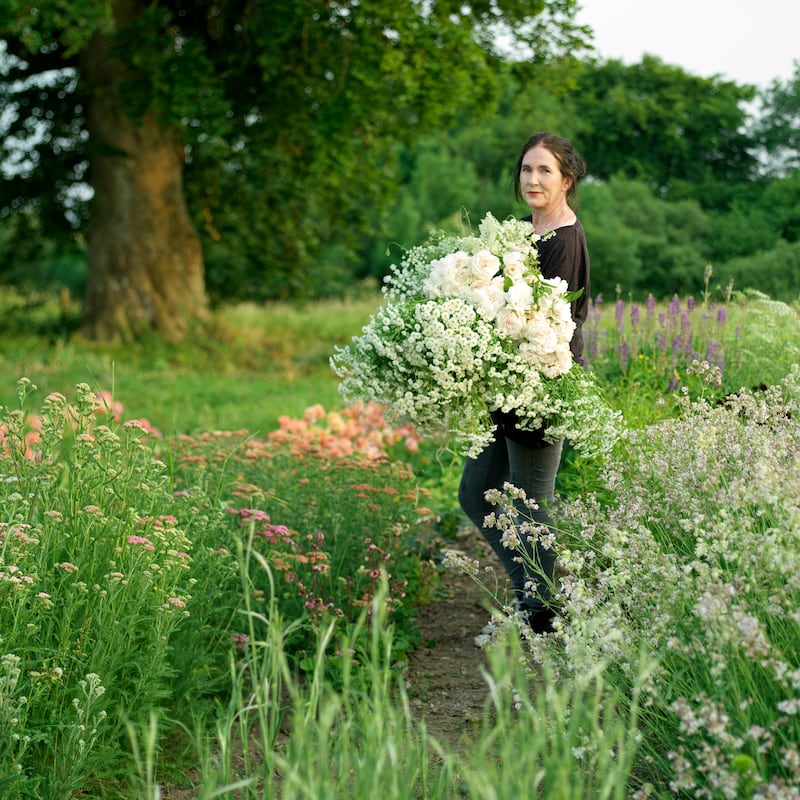
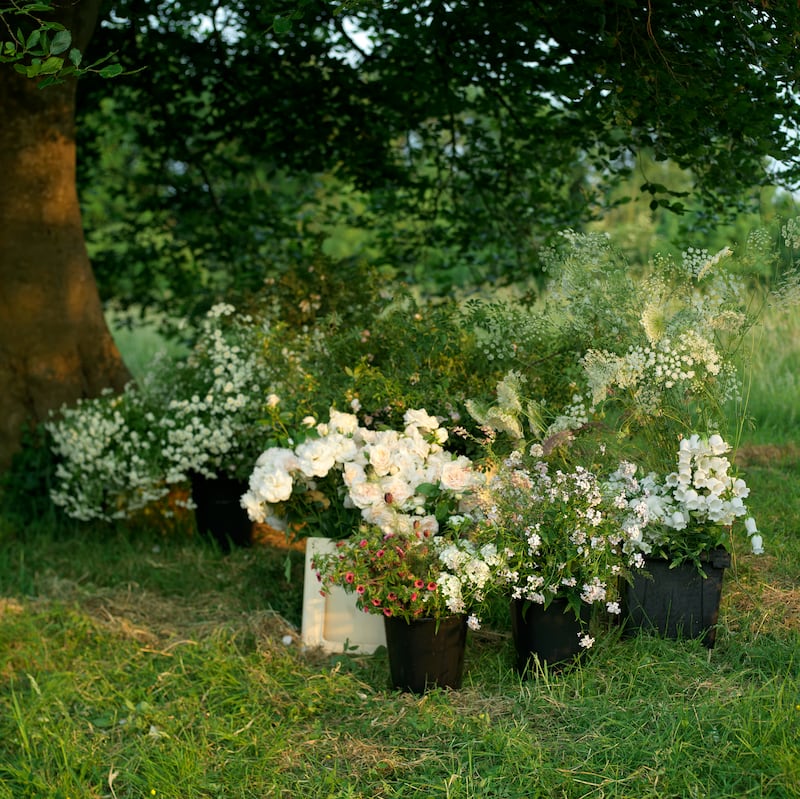
We all take for granted that flowers are available all year around, but that is such a relatively recent thing, Fallon explains. “Constance Spry, the famous flower arranger, talked about how much she got from local growers,” she says. Irish local growers were in business up to the 1970s, until the efficiency and scale of imported flowers, mainly from the Dutch super growers, meant they couldn’t compete.
My roses have been in nicer places than I. They go to weddings in Ashford Castle and Adare Manor, centre-pieces on the tables of expensive events
— Susan Lynch, florist
There were just two large Irish flower farmers in 2010, when Susan Lynch of the Vintage Rose company put her first rose plants in the ground. She became a flower grower as an enthusiastic newcomer, having landscaped, worked as a florist and successfully grown roses in her garden. “It was a different thing when I had 1,000 of them in a tunnel, and they’re all looking at you with their different requirements.”
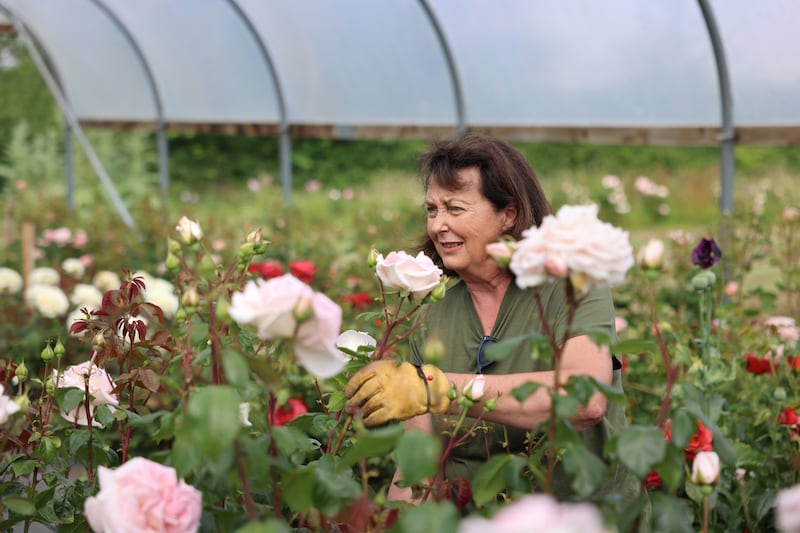
She refers to some of her roses as “she”. Many of them have female names, and her love of them has a strong connection to her late mother, who encouraged and helped her to start a rose business. “My roses have been in nicer places than I,” she says. “They go to weddings in Ashford Castle and Adare Manor, centre-pieces on the tables of expensive events. They are far from the standardised size and shapes of imported flowers.” Some of them have blown, or burst out of their tight bud shape, others are small and still in bud, so a bouquet will look “alive and real”, she says.
There are now “90 of us”, she says of local Irish growers. It still feels like a pioneer activity rather than a thriving business model. It’s one dominated by women who love the work, and who can move quickly from having mud on their boots and soil under the fingernails to arranging a bouquet with a silk ribbon. She marvels at the scale of imports, the numbers of large trucks that take imported flowers through the port tunnel to Blakes Cross, Co Dublin, where they’re distributed to florists around the country.
It’s a very challenging, tough business that requires so much skill, knowledge and hard work, while simultaneously working to a very tight window of opportunity
— Fionnuala Fallon, florist
She began growing her roses outdoors, but the weather made it difficult to get blemish-free blooms. “It’s a bit like you standing out in a field all day and expecting your hair to be perfect.” In 2014 Lynch bought her polytunnel, which made growing picture-perfect roses easier. It’s important to Lynch that her roses smell like the roses we remember from grandparents’ gardens.
“We all know the smell of a beautiful rose, but I honestly think there are younger people who don’t,” Lynch says. She met an older woman who was moved to tears by the smell of roses, and a man in his 40s who asked her what perfume she was spraying on the flowers to give them their fragrance.
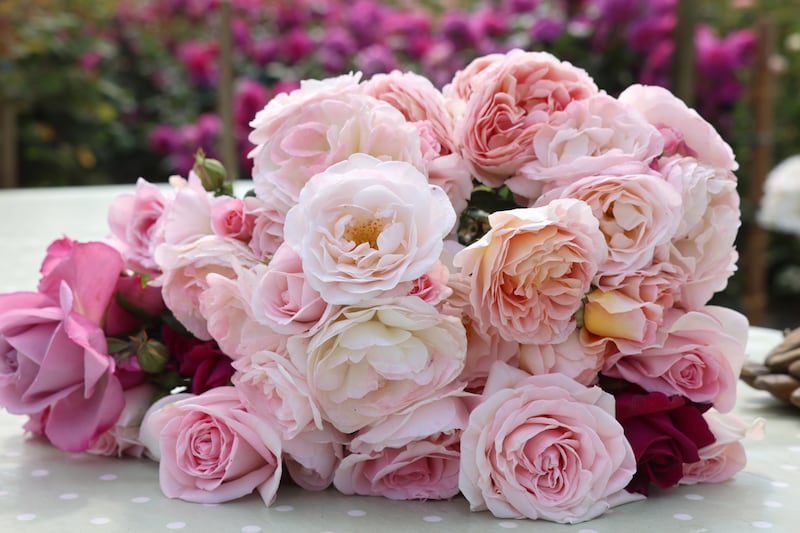
Lynch says Irish florists need more Irish growers. There simply aren’t enough to supply the demand. There are only so many weddings she can take on, because they take her away from the work of growing. She feels there is an opportunity for other mainstream farmers to dedicate a small area to cut flower growing, and a real need for State support for local flower farmers to grow businesses with the potential to train and employ people.
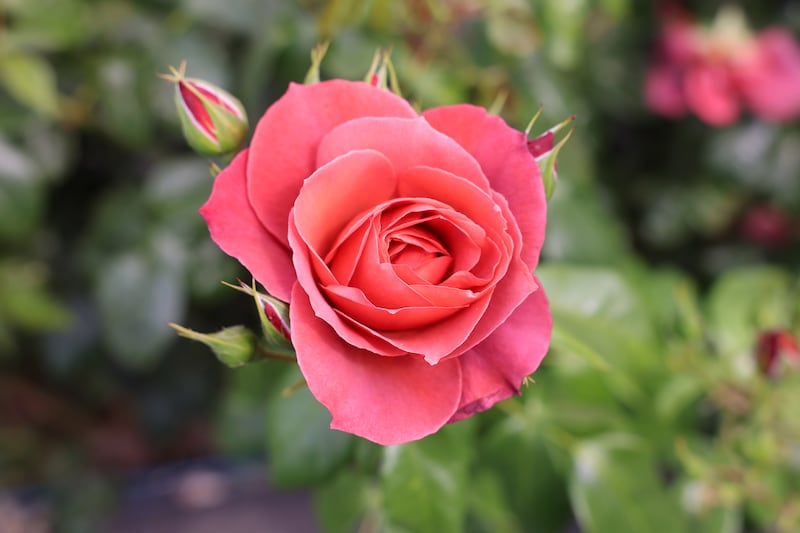
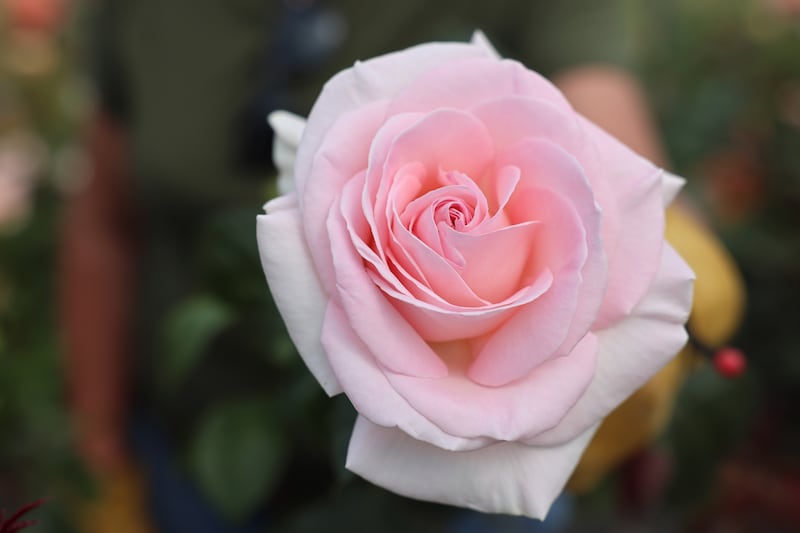
Fallon echoes those sentiments. “To have a sustainable floristry business in Ireland you need a wider and better range of growers. A florist might need 300 flowers of a certain colour, and that needs investment.”
Fallon runs workshops for people showing them how to plant a cut flower patch, “like most gardens had a century ago”. She also shows people how to grow their flowers for their wedding, something she views as a no-brainer when it can save someone “so much money”.
There’s a “young generation of Irish bride” who’s very interested in sustainable flowers. “There are also plenty of principled growers and florists out there who really want to see change for the better, and that I have huge admiration for commercial florists and flower growers... it’s a very challenging, tough business that requires so much skill, knowledge and hard work, while simultaneously working to a very tight window of opportunity [flowers are so short-lived] and within the growing challenges of climate change. [It’s] not easy.”
Brendan Goodman is Ireland’s longest-established cut flower grower. He has managed to put a half an acre under glass in Meath to making a living for more than 40 years by “trying to emulate the Dutch”. He reasoned that imported Dutch flowers were the quality control. If “you can’t produce flowers of the same quality”, then you’re not in the game.
His customers are florists, not supermarkets. The cautionary tale is of a neighbouring farm who had been supplying vegetables to supermarkets for years before having to close down last summer. “When you go to the supermarkets they’ll dictate to you every time.” Goodman’s father taught him everything he knows. His father had a doctorate in horticulture and was a lecturer advising fruit growers, as well piloting a plan to set up a research and development centre in Kinsealy which “fell apart”. But that is another story, he adds.
“It could have helped to develop what is now totally missing in Ireland.” Horticulture has long been second fiddle to livestock farming, and floriculture is a barely visible or viable voice within that sector.
Goodman isn’t certain that the next generation will want to take on his business. He does everything himself, as the revenue isn’t there to take on employees unless he scales up. At the height of the summer season, his day might start at 6am and end at 11pm, with a few hours’ break in the early evening. He is not an organic grower, but he uses chemical sprays very sparingly, “not for any other reason [than] that they’re bad for me”. This was a lesson from his father.
Consumers who buy from the florists he supplies have high expectations of their flowers. “If it’s a bit too wild or they start to drop petals on someone’s living room floor too soon,” they won’t return, he says. “What I bring is something they know lasts for 10 days. They love that.” He doesn’t douse flowers in preservatives. Fresh water “and a little bit of sugar” are all that’s needed. His strength is freshness. “It’s picked yesterday, not four days ago.” He has cut his energy costs over the years by insulating the walls of the glass house with bubble wrap.
Florist to the royal family Shane Connolly left Belfast in the 1980s to study psychology, and pivoted into flowers after falling in love with floristry in his 20s. He built a stellar career in London and was granted a royal warrant of appointment as the queen’s florist, also designing for weddings and funerals from his base in West London. On Instagram, Connolly is a strong advocate for the slow flower movement, fascinated by the environmental impact of his business and grateful to be in a position in his career where he only works with local, seasonal flowers. “Luckily I’m old,” he says (not to mention successful). So he’s able to say “I can’t do that,” to the bride who comes to him wielding Pinterest boards and a fixation on a flower they saw “when they were five at a Kardashian wedding”.
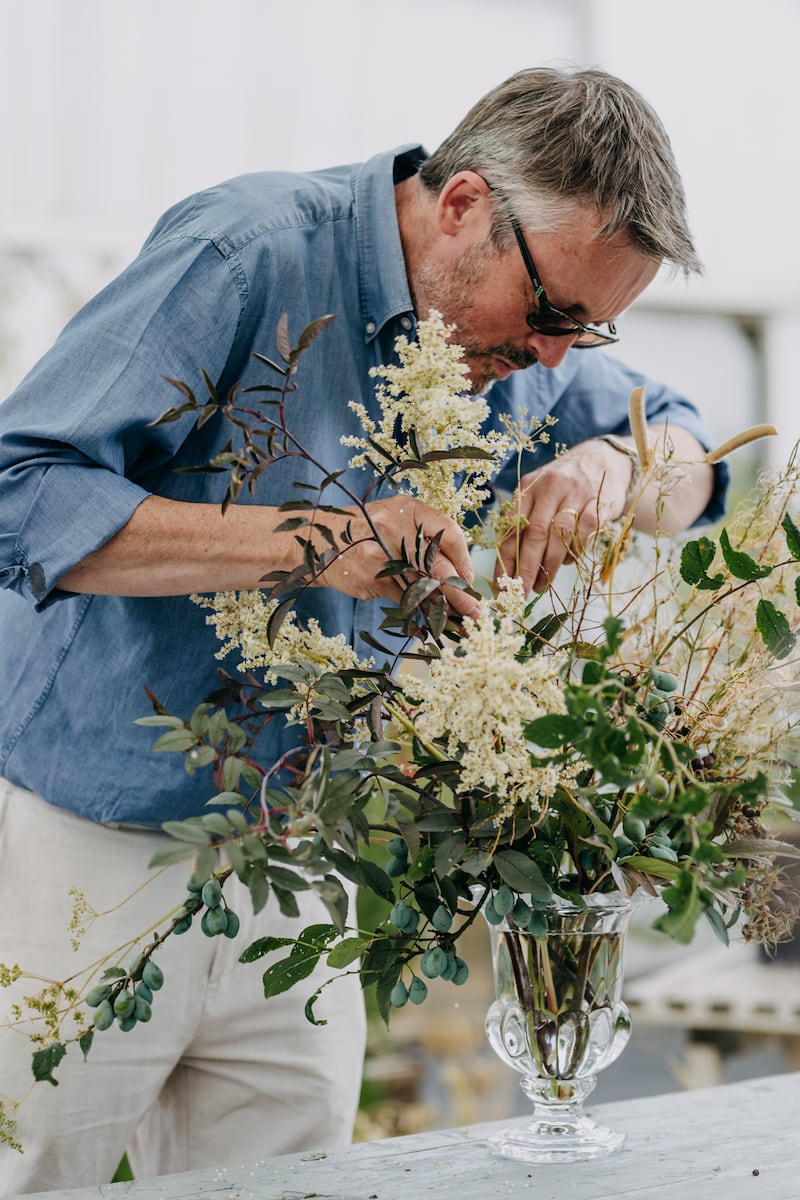
Connolly says he “would be bored stiff if I was using the same flowers all year round, roses and peonies no matter what time of the year. It’s not creative at all. It would be like working in McDonald’s,” he says, assembling the same thing from the same ingredients every time, “like a Filet-o-Fish”. Won’t that enrage the florists of the world?
Foam is a lazy thing. So much of designing with foam means you don’t design, you just cover the foam
— Shane Connolly, florist
A florist, like a chef, should know their ingredients, he argues, “knowing when it’s at its best and how it grows”. Designing the flowers for the coronation was “extraordinary”, he adds, “like Dunkirk in reverse”. His clients (the newly crowned king and queen) did not micro-manage the flowers. The decision to use local seasonal flowers “doesn’t even need to be a conversation”. Were they happy? “They loved it,” he says. Working with Flowers from the Farm, 84 growers provided the cut flowers, brought together in a hub in Bristol before being transported to London. “We didn’t have a list of flowers,” he explains. He asked the growers for “rich jewel colours”. The chilly late spring meant there were more tulips than might have been imagined. “If you accept what nature’s going to give you, you get lovely surprises. If you try to micro-manage nature then you’re going to get battery chicken flowers.”
Connolly believes the coronation was a boost for the flower farms. If small-scale growers could provide enough for the coronation, then the model is robust. “Seasonality stitches it back to nature, where it belongs.”
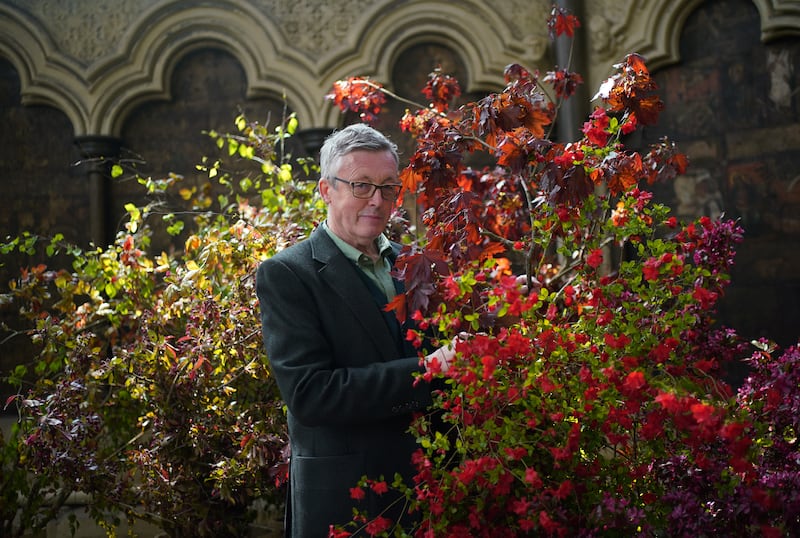
The local seasonal flower, Connolly, believes, is the future. Water shortages in the parts of the world where most flowers are grown will bring the model of everything, everywhere all at once to an end. His favourite flowers are “the really short-lived – short-performing flowers always touch me… I prefer something I can’t buy in a flower shop.”
[ Another Life: Business case grows for Irish plants with healing propertiesOpens in new window ]
And is there a sustainable alternative to floral foam? “It’s a wonderful discovery, very new… it’s called water,” he jokes. “What do I need to do to put water into the design?” The florist needs to work with chicken wire and buckets, and be more creative. “Foam is a lazy thing. So much of designing with foam means you don’t design, you just cover the foam.”
Reimagining our relationship with flowers is a reconnection with nature, Connolly believes. “That’s what we can get if we’re lucky and it will have to be more local. We can’t go on the way we’re going.”












